Top 10 Advertising Strategies for Internet Entrepreneurs to Boost Online Sales
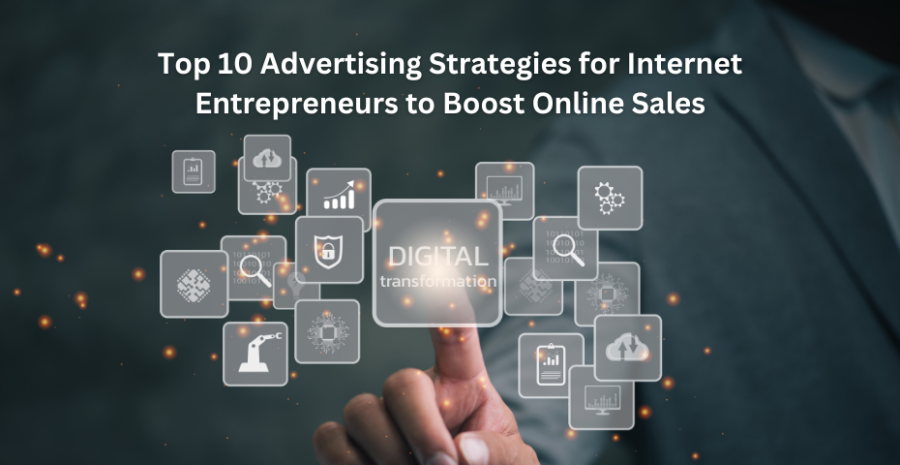
In the fast-paced world of digital commerce, advertising is not just an option—it’s a necessity. For internet entrepreneurs, choosing the right advertising strategies can make the difference between skyrocketing success and stagnation.
Whether you're running an e-commerce store, offering services, or promoting digital products, the online marketplace is fiercely competitive. Standing out requires more than just a great product or service; it demands smart, targeted advertising.
Online advertising has evolved beyond banner ads and pop-ups. Today’s internet entrepreneurs have access to a range of sophisticated tools that allow them to target specific audiences, measure results in real time, and scale their efforts with precision.
But with so many options available, the challenge lies in selecting strategies that will actually lead to conversions, build customer loyalty, and, most importantly, boost sales.
The following top 10 advertising strategies will help you navigate the advertising landscape, optimize your campaigns, and maximize your ROI (Return on Investment).
Let’s dive into these powerful advertising tactics that internet entrepreneurs can leverage to push their businesses forward and achieve sustainable growth.
1. Leverage Social Media Advertising

Social media platforms like Markethive, Facebook, Instagram, Twitter, and LinkedIn have become advertising powerhouses, offering targeted ad placements with access to billions of users worldwide. One of the greatest advantages of social media advertising is its ability to target specific demographics, interests, and behaviors.
Entrepreneurs can create campaigns that hone in on their ideal audience, ensuring their ads are seen by people most likely to engage with their products or services. To optimize your ads, focus on eye-catching visuals, strong calls-to-action (CTAs), and A/B testing to see what resonates best with your audience.
Additionally, retargeting features allow you to reconnect with users who have visited your site but didn’t make a purchase, keeping your brand top of mind.
Social media ads also give you the ability to create custom audiences, meaning you can target existing customers with new offers or upsell products to increase lifetime customer value.
Paid social ads are essential for brand awareness, engagement, and driving traffic to your site.
2. Utilize Google Ads and Search Engine Marketing (SEM)
.png)
Google Ads is one of the most powerful tools for internet entrepreneurs because it allows you to capture intent-driven traffic. Unlike social media ads, where users may not actively be looking for your product, search engine marketing targets users who are already searching for what you offer.
Google’s platform enables you to bid on keywords relevant to your business, making sure your ad appears when someone types in a query that matches your product or service.
Pay-per-click (PPC) ads on Google are highly customizable. You can target specific locations, devices, and times of day, allowing for precise campaign control. Successful SEM campaigns depend on keyword research, understanding customer intent, and optimizing ad copy and landing pages for conversions.
By continuously refining your strategy based on performance data, Google Ads can become a reliable source of traffic and sales.
3. Master Content Marketing and Native Advertising
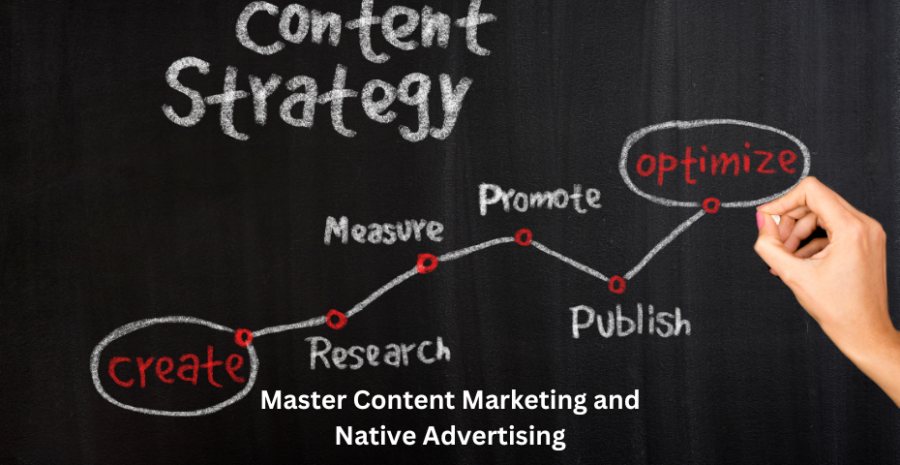
Content marketing involves creating valuable, relevant, and consistent content to attract and engage your audience. This can take the form of blogs, articles, videos, infographics, podcasts, or social media posts. Native advertising, on the other hand, integrates paid ads seamlessly into the surrounding content.
These ads don’t appear disruptive but rather blend in naturally, increasing the likelihood of engagement.
By combining content marketing with native advertising, you can provide real value to your audience while promoting your business subtly. For example, a well-crafted blog post that answers a common customer question can be promoted through native ad placements on high-traffic websites, driving both awareness and conversions.
Content-driven campaigns have the added benefit of improving your site’s SEO and generating long-term traffic from organic search.
4. Tap Into Influencer Marketing

Influencer marketing allows you to leverage the authority and following of key individuals in your industry or niche. When influencers promote your product or service, their audience is more likely to trust the recommendation. This can lead to higher conversion rates compared to traditional ads, as the endorsement comes from a familiar and trusted source.
To effectively use influencer marketing, it’s crucial to choose influencers whose followers match your target audience. Micro-influencers, who typically have smaller but more engaged audiences, can often provide better results for internet entrepreneurs than mega-celebrities, especially if you're working with a limited budget.
Collaborations can range from product mentions in social media posts to full-scale partnerships involving giveaways or exclusive promotions.
5. Optimize Email Marketing Campaigns
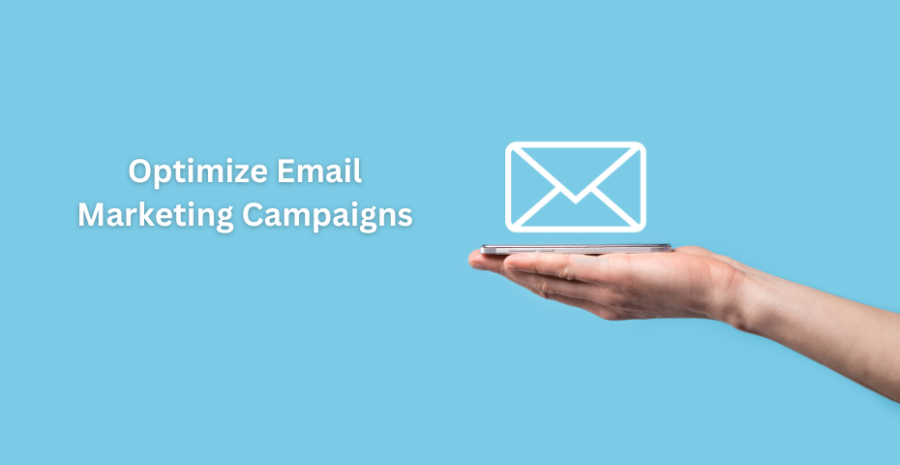
Despite the growth of new advertising channels, email marketing remains one of the most effective ways to build relationships and drive sales. For internet entrepreneurs, email provides a direct line to your customers and allows for highly personalized messaging.
With automation tools, you can set up drip campaigns to nurture leads, send abandoned cart reminders, and offer exclusive deals to your subscribers.
To maximize your email marketing results, focus on creating segmented lists based on customer behavior, preferences, and purchase history. Personalized emails with dynamic content can boost open rates, engagement, and conversions.
Always ensure your email campaigns provide value—whether that’s through exclusive offers, informative content, or updates on new products.
6. Implement Retargeting Campaigns
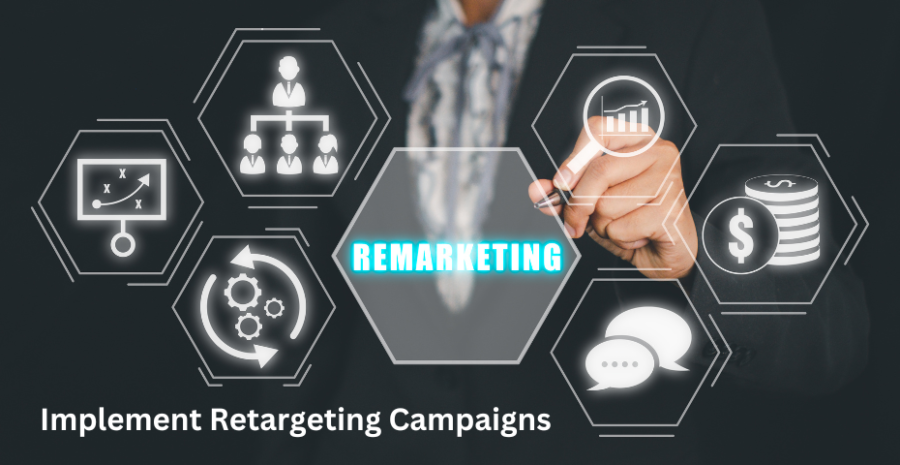
Retargeting, also known as remarketing, involves showing ads to people who have already visited your website but didn’t complete a purchase. These campaigns help you re-engage potential customers who showed interest in your product but didn’t convert for various reasons.
Retargeting ads often remind users of the products they viewed and can entice them to come back with discounts or special offers.
Platforms like Google and Facebook allow you to set up retargeting ads with ease. For internet entrepreneurs, retargeting is an essential strategy because it targets warm leads—people who are already familiar with your brand—and nudges them to complete their purchase.
Retargeting also keeps your brand top of mind, making it more likely that customers will return when they’re ready to buy.
7. Explore Affiliate Marketing Programs
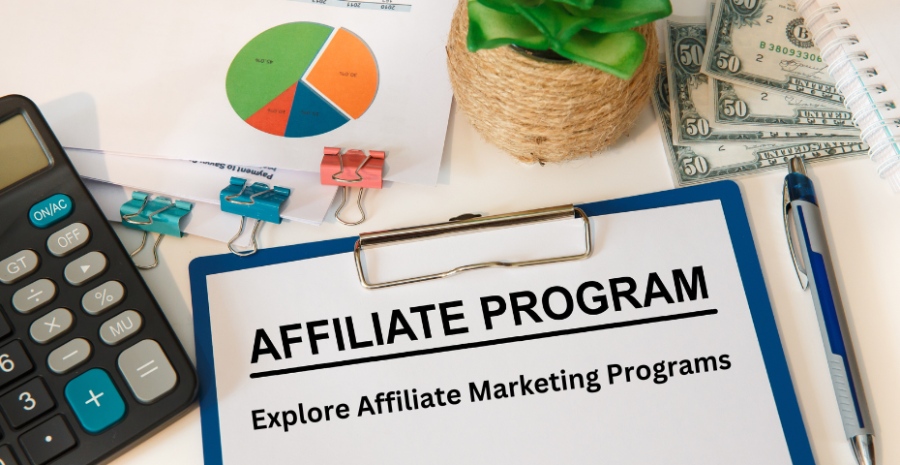
Affiliate marketing enables you to expand your sales force by incentivizing others to promote your products. When affiliates promote your products through their own websites, blogs, or social media channels, they earn a commission for every sale or lead they generate.
This performance-based model means you only pay for results, making it a cost-effective strategy for internet entrepreneurs.
To set up a successful affiliate program, recruit affiliates who align with your brand and have access to your target audience. Provide them with promotional materials like banners, links, and product information to help them succeed.
Monitoring performance and adjusting commission structures as needed will help you get the most out of your affiliate partnerships.
8. Harness the Power of Video Ads

Video content is one of the most engaging forms of advertising, making it a must-have for internet entrepreneurs. Platforms like YouTube, Facebook, Instagram, and TikTok offer opportunities to create video ads that showcase your products in action, tell your brand’s story, or provide educational content.
Video ads tend to have higher engagement rates than static ads because they are dynamic and can convey more information in a short amount of time.
Creating video ads doesn’t have to be expensive. Many successful ads are shot with a smartphone and edited with free tools.
Focus on telling a compelling story and making sure your message is clear. Test different video lengths and formats to see what resonates most with your audience.
9. Make Use of Programmatic Advertising
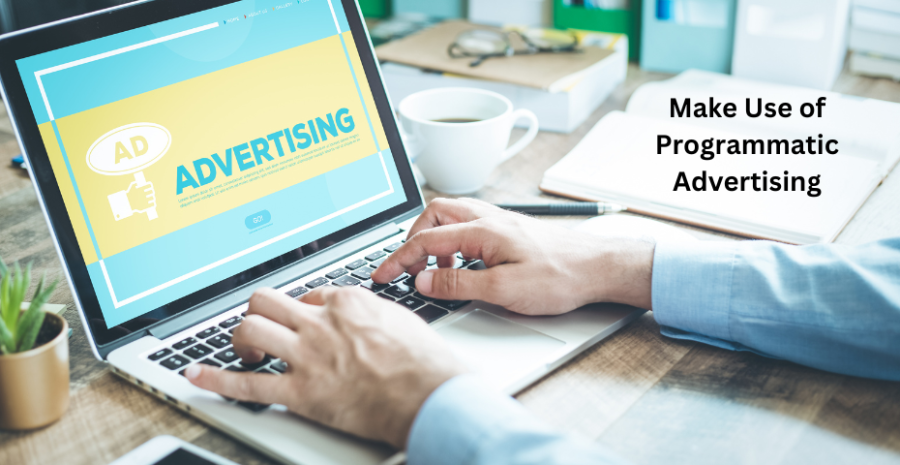
Programmatic advertising automates the buying of ads by using algorithms to target the right audience at the right time, across various platforms. This method takes the guesswork out of ad placement and ensures you get the most out of your budget.
With programmatic ads, internet entrepreneurs can scale their advertising efforts efficiently while maintaining control over their targeting criteria.
The real-time bidding (RTB) process ensures that you only pay for ads shown to users who match your specified demographics and behaviors.
Programmatic advertising can be especially useful for retargeting, as well as for acquiring new customers by placing ads in front of those who have shown interest in similar products or services.
10. Focus on SEO and Organic Search Traffic
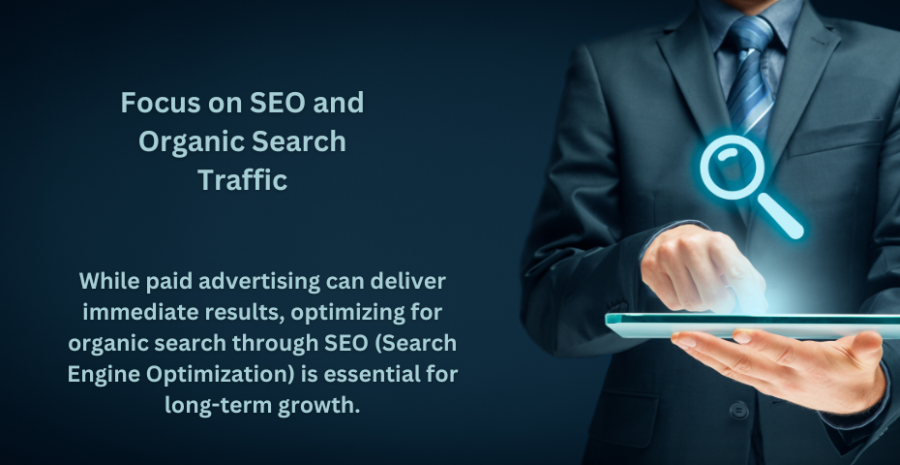
While paid advertising can deliver immediate results, optimizing for organic search through SEO (Search Engine Optimization) is essential for long-term growth.
By creating content that ranks well on search engines, you can generate ongoing traffic without having to constantly pay for ads. SEO involves optimizing your website’s technical structure, creating high-quality content that answers user queries, and building backlinks from reputable sites.
For internet entrepreneurs, SEO is a cost-effective strategy that complements paid advertising efforts. When done right, it ensures that your business is visible when potential customers search for relevant products or services, leading to increased brand awareness and conversions over time.
Last Thought
In the rapidly evolving digital marketplace, internet entrepreneurs must be strategic with their advertising efforts to stand out from the competition. The key to success lies in a balanced mix of both paid and organic strategies.
Social media advertising, Google Ads, and influencer marketing are all vital components of an effective digital advertising strategy, offering immediate visibility and targeting precision.
However, entrepreneurs should also invest in long-term tactics like SEO and content marketing, which provide sustained traffic and engagement without the ongoing costs of paid ads.
As an entrepreneur, your advertising strategy should not be static. Continually testing, learning, and optimizing your campaigns based on performance data will ensure that you’re getting the best possible results.
In an era where customers are bombarded with ads from every angle, the ability to deliver relevant, personalized, and engaging messages is critical.
By mastering these 10 advertising strategies, you’ll be well-positioned to boost your online sales, build brand loyalty, and scale your business for success.
.jpg)
About: Andries vanTonder (65)
Over 45 years selfemployed
He is a Serial Entrepreneur, an Enthusiastic supporter of Blockchain Technology and a Cryptocurrency Investor
Find me: Markethive Profile Page | My Twitter Account | My Instagram Acount | and my Facebook Profile.
Markethive News

.png)
